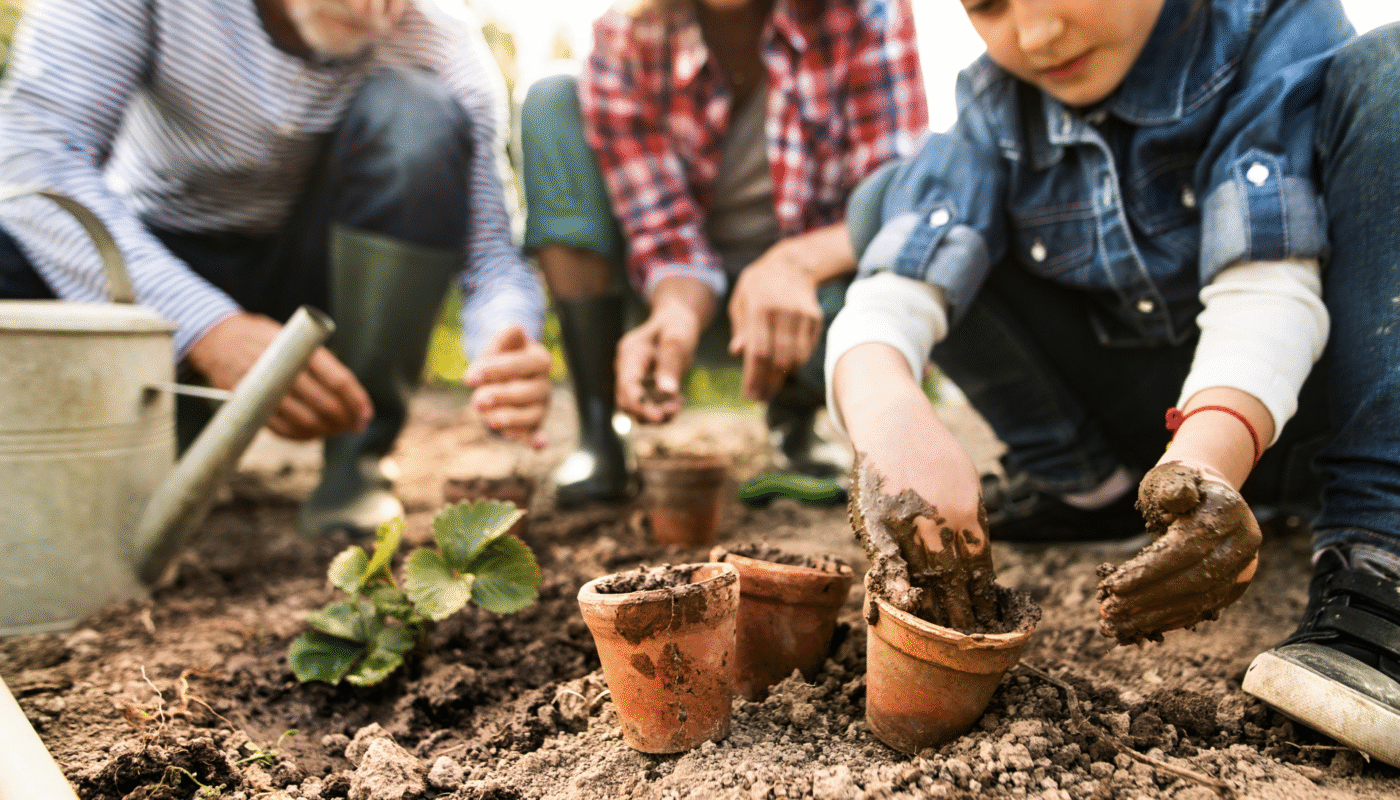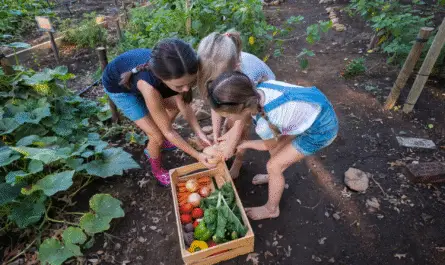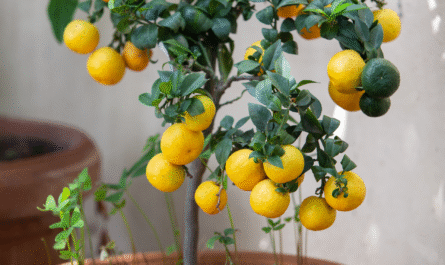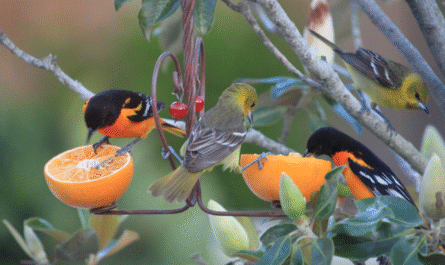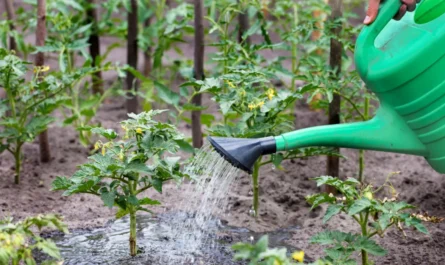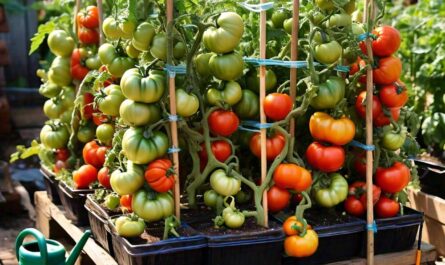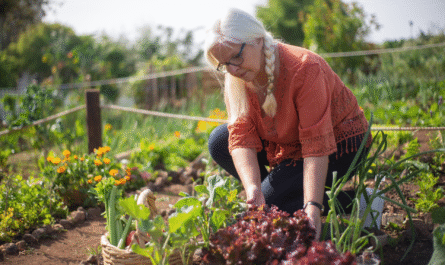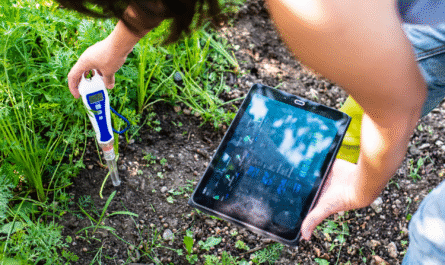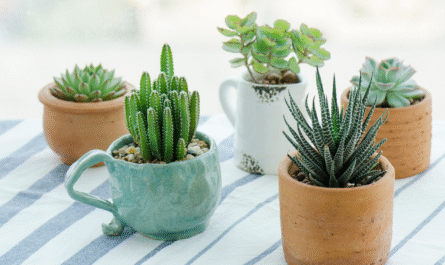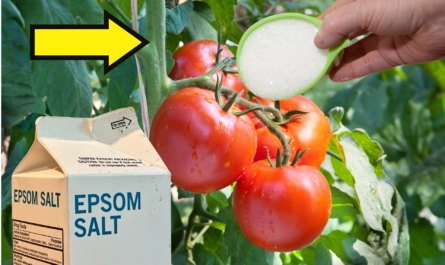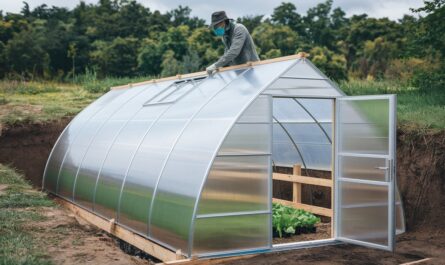How to start a garden is a question many people ask when they’re ready to reconnect with nature, grow their food, or just enjoy a fulfilling outdoor hobby.
The great news is that gardening is extremely beginner-friendly. Whether you have a sprawling backyard or a modest balcony, there’s a garden type for every space and skill level. You don’t need fancy tools or prior experience to get started — just a willingness to learn and a bit of patience.
What makes gardening so rewarding for beginners is how quickly you can see progress. From the moment a seed sprouts to the day you pick your first ripe tomato, every step feels like a small victory.
Gardening is also incredibly therapeutic — it reduces stress, promotes movement, and gives you tangible results for your efforts. With a little guidance and consistency, even first-timers can grow vibrant flowers, herbs, and vegetables from scratch.
This guide is built specifically for beginners. If you’re wondering about the best ways to start a small garden, how to build healthy soil, or which plants are easiest for your region, you’re in the right place.
You’ll find advice on how to start a vegetable garden from scratch, choose your location wisely, and maintain your garden so it thrives season after season.
Whether you’re planning to grow fresh herbs in your kitchen, set up raised beds in your backyard, or plant pollinator-friendly flowers, this post offers practical, step-by-step instructions. Let’s get started with the basics and build up your confidence with this beginner’s guide to home gardening.
1. Choose What You Want to Grow
Before digging into the dirt, the first decision you’ll make is what you want to grow. For most beginners, starting with vegetables like tomatoes, peppers, lettuce, or green beans is ideal.
Herbs like basil, parsley, and mint are also easy wins and can be grown in containers if space is limited. If you’re leaning toward ornamental beauty, go with low-maintenance flowers like marigolds, sunflowers, or native wildflowers suited to your region.
Each plant has different sunlight, soil, and water needs, so knowing what you want to grow will shape every other step in your garden setup.
When choosing plants, it’s essential to understand the difference between cool-season and warm-season crops. Cool-season plants, such as spinach, peas, and kale, thrive in spring and fall when temperatures are lower.
Warm-season crops like cucumbers, squash, and eggplants require hot weather and should be planted after the last frost date in your area. This simple distinction helps prevent the frustration of planting too early or too late and watching your efforts wither away.
Another smart tip from the top garden tips for beginners list is to try companion planting. This method involves pairing plants that support each other’s growth.
For example, planting basil near tomatoes not only improves flavor but also deters pests. Carrots and onions, beans and corn, lettuce and radishes — these are all examples of combinations that grow better together. This approach leads to healthier plants, fewer pests, and more abundant harvests.
If you’re interested in how to start a vegetable garden, this step lays the groundwork. Once you’ve decided on your crops, you’ll be better prepared to choose your location, layout, and growing method.
Whether you want to feed your family or just enjoy fresh herbs in your cooking, it all begins with this critical decision: what do you want to grow?

2. Pick the Right Garden Location
Location can make or break your garden. Ideally, your plants should receive at least 6 to 8 hours of direct sunlight each day, especially if you’re growing vegetables.
Look for a spot that isn’t shaded by buildings, fences, or large trees. The more sun your garden gets, the more productive it will be. If you’re limited on space or sunlight, don’t worry — herbs and leafy greens can thrive in partial shade.
Don’t overlook natural elements like wind exposure and tree root competition. Wind can quickly dry out your soil and damage tender plants, so opt for a sheltered location or consider adding windbreaks like hedges or fences.
Trees may offer shade, but their roots will also compete with your garden for water and nutrients. Avoid planting too close to mature trees or invasive root systems.
Another key consideration is accessibility. Make sure your garden is close to a water source so you’re not dragging hoses across the yard every day.
Easy access to your garden means you’ll be more likely to water regularly, weed often, and keep an eye on plant health. A garden you can reach quickly and comfortably is one you’ll be more invested in maintaining.
If you’re figuring out how to start a home garden or how to plan backyard garden space efficiently, this step is crucial. Even a small patio can be a productive garden spot if it gets good sunlight and has room for containers. Think of this location as your garden’s foundation — strong positioning now leads to long-term success later.
3. Measure and Track Sunlight
Knowing how much sunlight your garden spot receives is essential to choosing the right plants. Spend a full day observing the area you plan to use and take notes at different times: morning, midday, and late afternoon.
A spot that seems sunny at 10 AM might be shaded by a fence by noon. Track this over a few days to get a reliable sense of your site’s light exposure.
Some beginner gardeners make the mistake of estimating sunlight and planting sun-loving crops in spots that only get a few hours of light. To avoid this, consider using sunlight tracking tools or apps.
Apps like Sun Surveyor or MySunshine use your phone’s camera and GPS to map how sunlight hits your space throughout the day and year. These tools are invaluable for people planting gardens in urban areas, patios, or balconies where light is limited and variable.
Use this information to group plants based on their light needs. Vegetables like tomatoes, cucumbers, and peppers need full sun, while leafy greens like lettuce and spinach can grow well in partial shade.
If your site gets less than four hours of direct sunlight per day, focus on shade-tolerant plants or shift your strategy toward container gardening in sunnier areas.
Accurately measuring sunlight is one of the top garden tips for beginners because it eliminates guesswork. Knowing your site’s light exposure allows you to maximize plant health and minimize disappointment. If you’re committed to how to start a vegetable garden, this is a technical but vital step you shouldn’t skip.
4. Decide on Garden Style and Type
When figuring out how to start a home garden, choosing the right garden style is just as important as choosing what to grow. Your options include in-ground beds, raised beds, vertical gardens, and containers — each offering unique benefits depending on your space and lifestyle.
In-ground beds are great for those with ample yard space and good soil. Raised beds provide more control over soil quality and drainage.
Vertical gardens work well for small patios or balconies, and containers are perfect for those with limited space or who want the flexibility to move plants around.
Space, mobility, and budget play a huge role in determining the best garden style for you. Raised beds can be more expensive initially, but pay off with higher yields and easier access for planting and weeding.
Containers are affordable and ideal for renters or people with mobility concerns. If you’re starting with a small area, vertical gardening can maximize space without sacrificing productivity. The best ways to start a small garden often involve mixing and matching these styles to suit your needs.
If you’re handy or love a good DIY project, building your own raised beds can be both fun and cost-effective. You can construct raised beds from wood, bricks, or even recycled materials like old pallets.
Line the inside with landscape fabric for extra durability, and make sure your bed is at least 6-12 inches deep to accommodate root growth. Paint or label the sides to add a personal touch and make plant tracking easier.
Choosing a garden style isn’t just about aesthetics; it affects how much work your garden requires and how successful it will be. If you’re serious about learning how to start a vegetable garden, think about how your lifestyle aligns with your chosen garden type. A well-planned style will save time, reduce frustration, and create an environment where your plants — and you — can thrive.
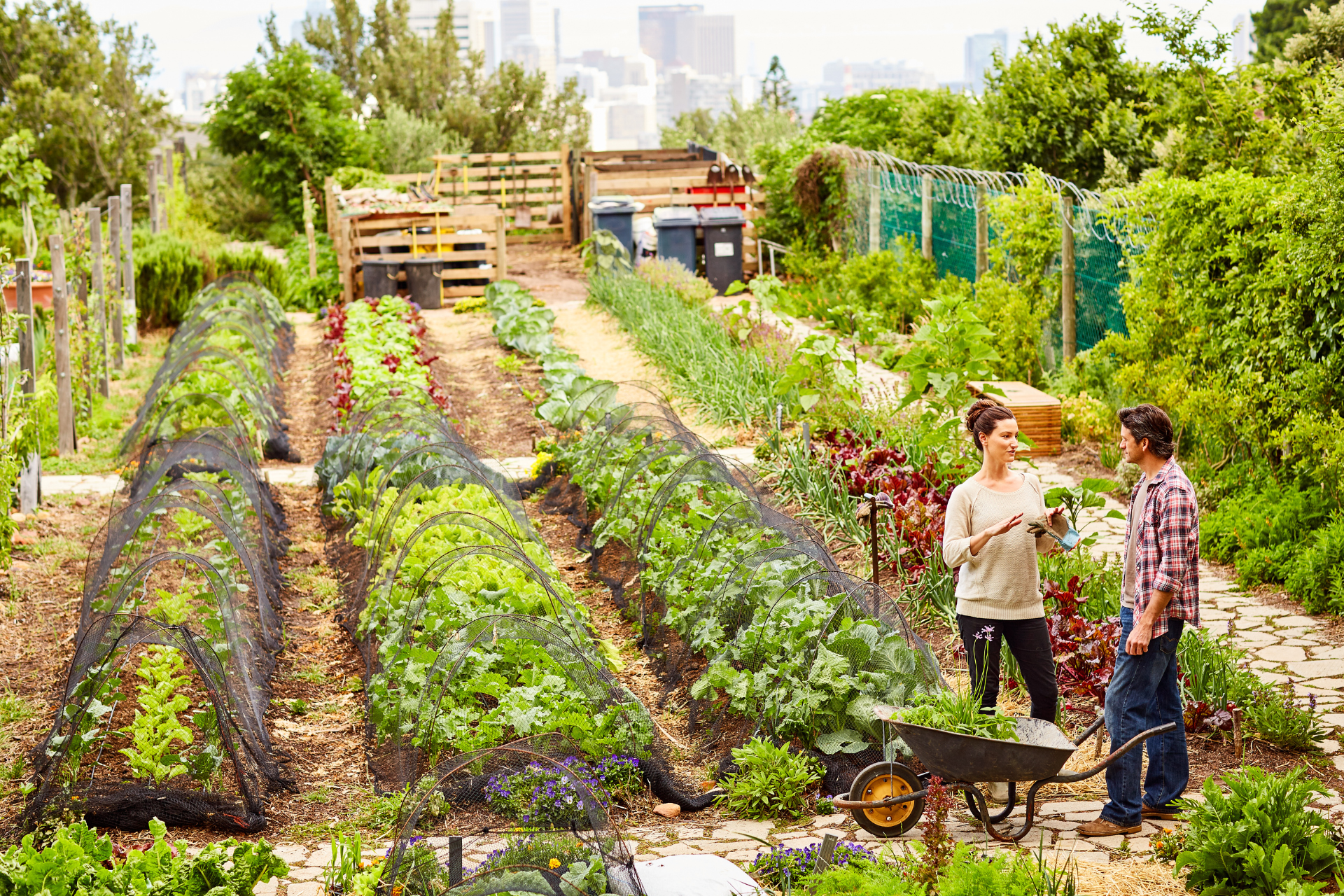
5. Plan and Outline Your Garden Layout
One of the most important steps in how to plan backyard garden space is creating a layout. Don’t just start digging — sketch a planting diagram first.
This helps you visualize your garden, organize your space efficiently, and ensure your plants have the right conditions to thrive. A rough drawing on paper or a simple app can help you map out where each plant will go.
As you design, consider how big your plants will get once mature. Beginners often overcrowd their beds by placing plants too close together.
Look up the recommended spacing for each crop and give everything room to grow. For instance, tomato plants can sprawl several feet wide, while lettuce takes up far less space. Smart spacing reduces competition for sunlight and nutrients, leading to healthier plants and better harvests.
Paths are another critical part of the layout. Leave enough space between rows or beds so you can walk, water, and weed comfortably.
A two-foot-wide path between beds is ideal for most home gardens. Paths also prevent you from compacting the soil around your plants, which can limit root growth. Consider using mulch, gravel, or stepping stones to keep the pathways clean and functional.
A well-planned garden layout doesn’t just make your space more efficient — it makes gardening more enjoyable. Whether you’re working in raised beds or containers, having a clear plan saves time and helps you stay organized.
This step is essential in any beginners guide to home gardening, especially if you’re short on space and want to maximize productivity.
6. Clear the Area: Grass, Weeds, and Debris
Before planting anything, you need to prepare the ground. Clearing the area of grass, weeds, and debris is a must if you’re learning how to start a garden from scratch.
The easiest and most eco-friendly method is sheet mulching — lay cardboard or newspaper over the grass, then cover it with compost or soil. This smothers unwanted plants without chemicals and enriches the soil as the layers decompose.
For faster results, you can manually dig up grass and weeds using a shovel or hoe. Focus on removing roots to prevent regrowth.
Be thorough — leftover roots can quickly take over your beds. If weeds are deeply embedded, you might need a weeding fork or other garden tool to help loosen and lift them. Removing invasive plants at this stage will save you hours of maintenance later.
If you prefer natural weed control, try pouring boiling water on weeds or using a vinegar-based herbicide. These methods are effective for small areas and help reduce your chemical footprint.
Mulching heavily after planting will also keep future weed growth to a minimum. This step is often overlooked in gardening for beginners, but it makes a huge difference in garden health and success.
Tools you’ll need include a shovel, rake, hoe, and gloves. For larger areas, a rototiller can speed things up, though it’s optional. Don’t skip this step — starting with a clean slate ensures your plants have a healthy, competition-free environment to grow. Clearing the area thoroughly is a foundational part of how to start a vegetable garden from scratch.
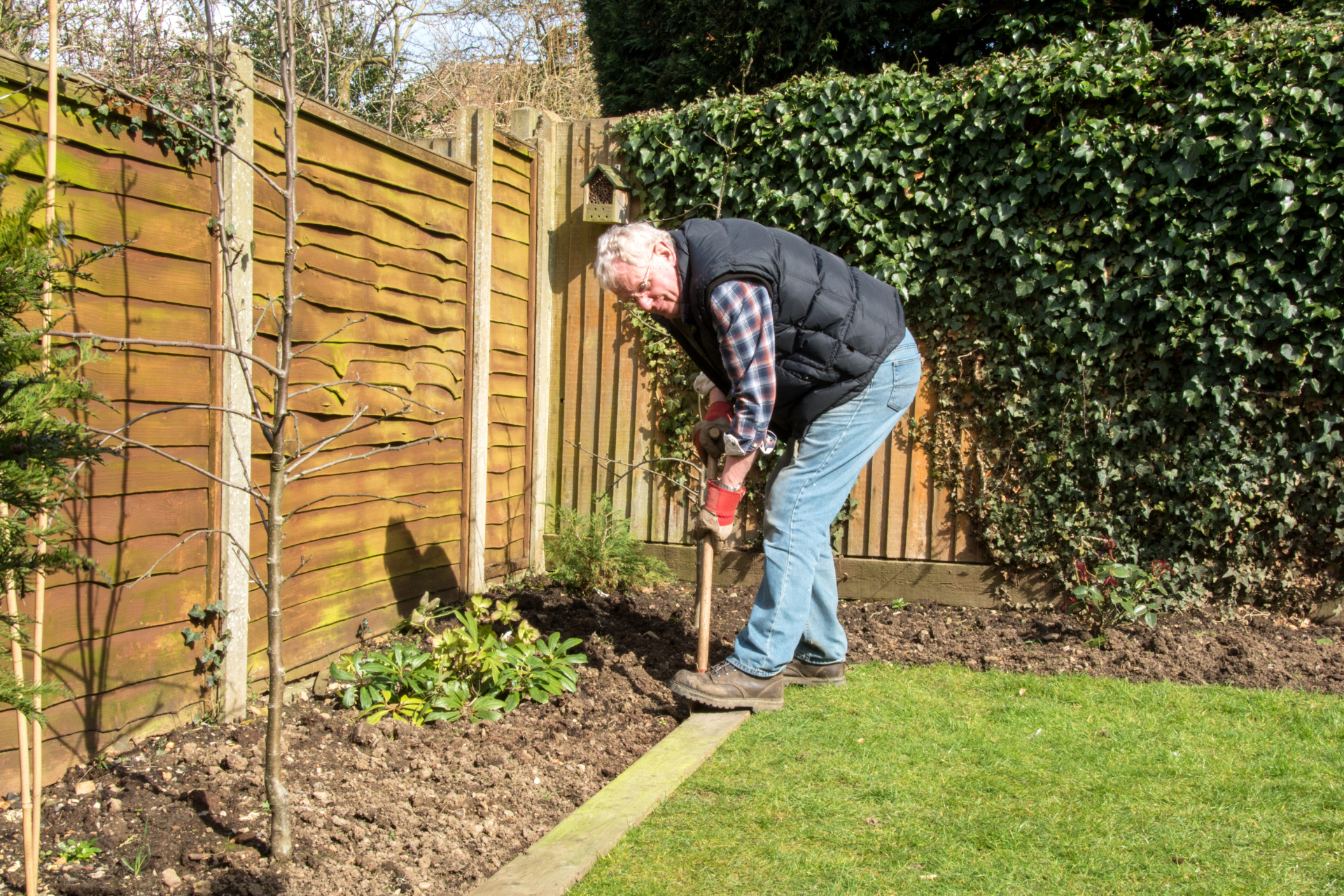
7. Edge the Garden to Keep it Neat
Edging is often overlooked by beginners, but it’s a game-changer when it comes to keeping your garden clean and under control.
Defining your garden’s borders helps contain soil and mulch, deters grass and weeds from creeping in, and gives the space a polished look. A well-edged garden also makes mowing around it easier and reduces maintenance in the long run.
You can edge your garden using a variety of materials based on budget, durability, and aesthetics. Natural options like stones or bricks blend beautifully with the landscape and last for years.
Metal edging offers a sleek, minimalist look, while plastic is affordable and easy to install. If you’re working with a tight budget, even wooden planks or upcycled materials can work well.
The key is to dig a shallow trench where you want your border and embed your chosen material securely. This not only gives your garden a finished appearance but also serves a functional purpose — it helps control the spread of aggressive roots and makes it easier to spot weeds as they appear. You’ll thank yourself for this extra step once your plants are in and the garden is thriving.
Edging might not be the flashiest part of how to start a garden, but it creates a strong framework for everything else. For those exploring how to plan backyard garden spaces that are low-maintenance and attractive, proper edging makes a lasting difference.
8. Test and Improve Your Soil
Healthy plants begin with healthy soil. One of the top garden tips for beginners is to test your soil before planting. You can purchase a DIY soil test kit from any garden center or send a sample to your local extension office for a full breakdown of pH levels and nutrient content. Testing helps you avoid over-fertilizing and identifies deficiencies early.
Once you know what your soil needs, you can make the right adjustments. For example, if your soil is too acidic, you might need to add lime.
If it lacks nutrients, compost or aged manure can restore balance. This step ensures your garden has a strong foundation and minimizes problems down the road.
Soil type matters too. Sandy soils drain quickly but may not hold nutrients well. Clay-heavy soils hold moisture but can compact and suffocate roots.
Loamy soil — a balance of sand, silt, and clay — is ideal. Adding compost is a universal remedy that improves texture and fertility in almost any soil type.
Understanding your soil is fundamental to how to start a vegetable garden successfully. It’s one of those behind-the-scenes steps that separates thriving gardens from those that struggle. Don’t skip it — healthy soil leads to stronger plants and bigger harvests.
9. Prepare the Soil or Build Raised Beds
Now that you’ve tested your soil, it’s time to prep it for planting. In traditional in-ground gardens, you’ll want to loosen the soil using a method like double-digging or broadforking.
This improves drainage, increases root penetration, and aerates the soil. The no-dig method is another popular option that preserves soil structure and promotes microbial life.
Raised beds offer even more control over your growing environment. They allow you to create the ideal soil mix from the start and provide better drainage and access.
Raised beds warm up faster in spring, which means you can plant earlier. They’re also easier on your back and reduce the risk of soil-borne diseases.
To mix the perfect raised bed soil, combine 60% topsoil, 30% compost, and 10% perlite or vermiculite. This blend offers structure, nutrients, and aeration.
Don’t forget to line the bottom with cardboard or landscape fabric to suppress weeds and deter pests. Regularly top off your beds with fresh compost to keep them fertile.
Whether you’re prepping the ground or building raised beds, this step is crucial in any guide on how to start a vegetable garden from scratch. It’s not just about digging — it’s about creating a healthy, fertile space that will nourish your plants season after season.
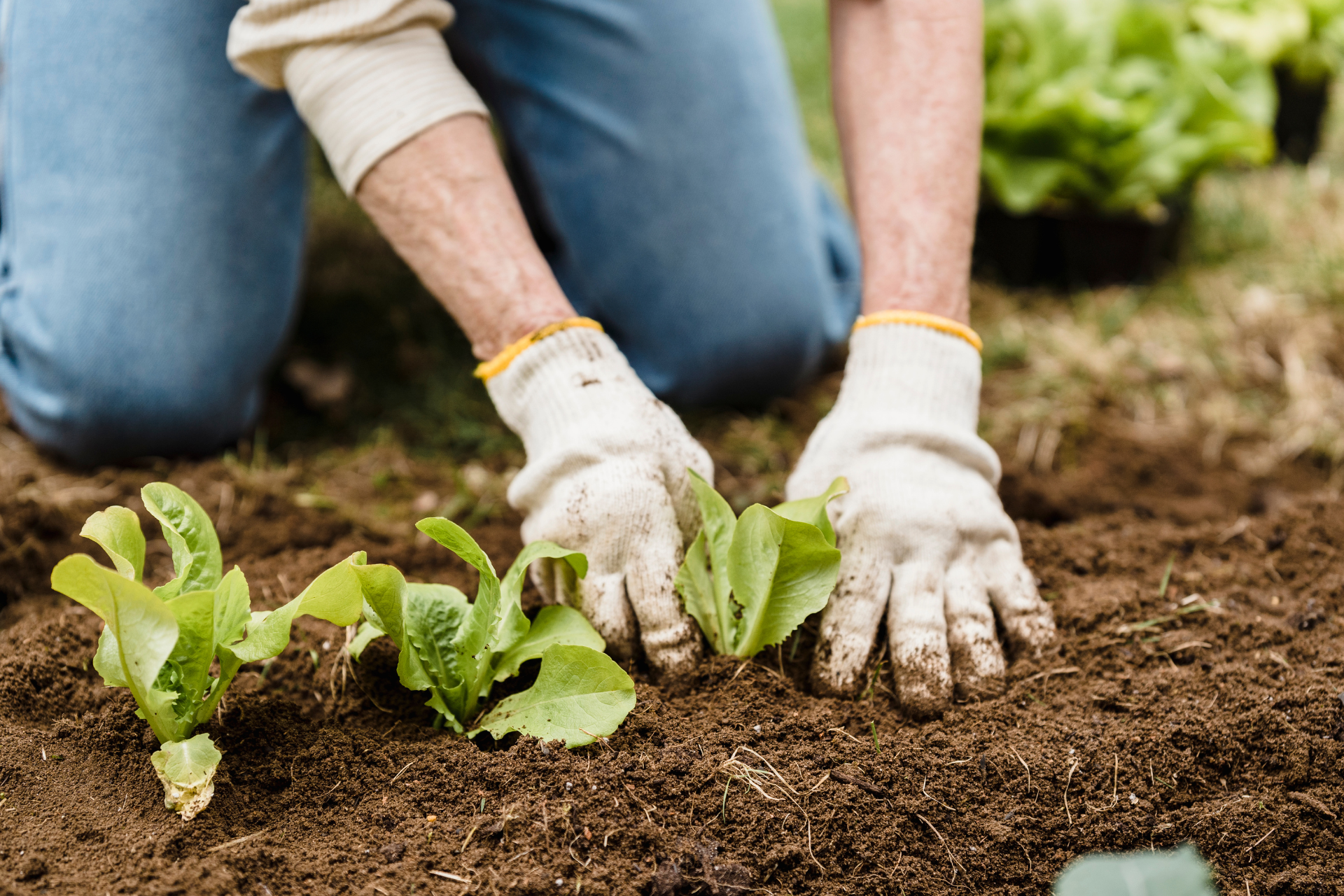
10. Select the Right Plants for Your Zone
Every region has its climate quirks, and choosing the right plants means knowing your USDA hardiness zone. This system divides the country into zones based on the average annual minimum temperature.
You can easily find your zone online or ask at a local nursery. This helps you avoid choosing plants that won’t survive your local weather.
Once you know your zone, pick plants that are well-adapted to your climate. This means less stress, fewer pests, and stronger growth.
For example, gardeners in Zone 5 might grow spinach and broccoli early in spring, while Zone 9 gardeners might focus on okra and peppers during the summer. Choose plants that will thrive where you live.
If you’re brand new to gardening, start with reliable and forgiving crops. Lettuce, tomatoes, zinnias, and radishes are beginner-friendly and offer quick results.
Mix edibles with ornamentals to keep things visually appealing and productive. You’ll gain experience and build confidence as you go.
Selecting the right plants is the heart of gardening for beginners. It’s where your research pays off and where your garden truly starts to take shape. This step makes all the difference in growing success and minimizing frustration.
11. Time Your Planting Correctly
Even if you choose the perfect plants, timing is everything. Use a planting calendar — either online or printed — to know when to start seeds indoors, transplant seedlings, or sow directly outdoors. These calendars are tailored to your zip code and take frost dates into account.
Understanding your region’s last frost date helps you avoid putting plants out too early and losing them to a late cold snap. Conversely, planting too late can shorten your growing season and reduce harvests. Mark these dates on your calendar and plan to make the most of every season.
Some plants are best started indoors and transplanted later, such as tomatoes, peppers, and broccoli. Others, like carrots and beans, prefer being sown directly into the soil. Read seed packets carefully and follow spacing and timing guidelines to ensure strong, healthy growth.
For those diving into how to start a garden seriously, mastering planting times is a huge win. It improves yields, reduces transplant shock, and aligns your effort with nature’s rhythms. Timing transforms a good garden into a great one.
12. Water Wisely and Consistently
Water is life for plants, but how and when you water makes a big difference. Deep watering encourages deep root growth, which strengthens plants and helps them survive drought. Shallow, frequent watering does the opposite — it weakens roots and makes plants more susceptible to stress.
Morning is the best time to water your garden. It reduces evaporation, gives plants time to absorb moisture, and prevents fungal diseases that thrive in wet, nighttime conditions. Avoid watering in the heat of the day or at night unless necessary.
Smart watering tools like timers, drip irrigation, and moisture meters take the guesswork out of the process. These tools help you avoid both overwatering and underwatering — two of the most common beginner mistakes. Install a simple drip system for raised beds or use self-watering containers if you’re gardening on a patio.
Learning how to water properly is a key step in any beginners guide to home gardening. Once you get it right, your plants will reward you with lush growth and fewer issues. Consistent watering is simple but powerful.
13. Mulch for Moisture and Weed Control
Mulch acts as a protective blanket for your soil. It helps retain moisture, keeps roots cool, and blocks weeds from sprouting. Organic mulch — like straw, shredded leaves, grass clippings, or wood chips — also breaks down over time and adds nutrients to your soil.
In vegetable gardens, straw and composted leaves work especially well. Spread mulch 2–3 inches deep around plants, making sure not to pile it directly against stems. This prevents rot and allows air to circulate. Replenish mulch throughout the season as it decomposes or is washed away.
Mulch also improves garden aesthetics by creating clean, defined spaces. It reduces maintenance, minimizes erosion, and even discourages pests. Mulching is an easy upgrade that delivers huge benefits for minimal effort.
If you’re serious about finding the best ways to start a small garden, don’t skip this step. Mulch helps balance moisture levels and keeps your soil and plants healthier, especially during hot or dry periods.
14. Fertilize to Boost Growth Naturally
Even with good soil, plants may need a nutrient boost. Organic fertilizers, such as compost tea, fish emulsion, or aged manure, offer slow-release nutrition that feeds plants over time. Synthetic fertilizers work faster but can cause a buildup or harm soil health if overused.
Watch for signs that your plants need food — yellowing leaves, slow growth, or small fruit are all clues. Fertilize during key growth stages: early spring for leafy greens, flowering stage for fruiting crops, and mid-season for heavy feeders like tomatoes or corn.
How much and how often depends on the crop. Always follow label instructions and avoid the temptation to overfeed. More isn’t always better — too much fertilizer can lead to weak, leggy plants or burned roots.
Fertilizing is one of the final pieces in how to start a vegetable garden successfully. With proper feeding, your plants will grow faster, yield more, and resist stress better. It’s worth the investment in time and care.

15. Maintain Your Garden Like a Pro
Once your garden is planted, the work isn’t over — it’s just beginning. Regular maintenance keeps your garden healthy and productive. A weekly checklist helps: water, weed, inspect for pests, and harvest. Taking 15 minutes a day is often enough to stay on top of things.
Pest control doesn’t have to mean chemicals. Hand-pick bugs, use insecticidal soap, or introduce beneficial insects like ladybugs. You can also grow pest-repelling plants such as marigolds and nasturtiums among your crops.
Learn to recognize common diseases like powdery mildew, blight, or leaf spot. Early intervention is key — remove affected leaves, improve air circulation, and avoid overhead watering. If needed, use organic treatments like neem oil or copper spray.
This is where your garden matures and where your skills develop. If you’re focused on how to start a garden that lasts beyond one season, good maintenance habits make all the difference. Stay consistent, and your garden will keep rewarding you week after week.

